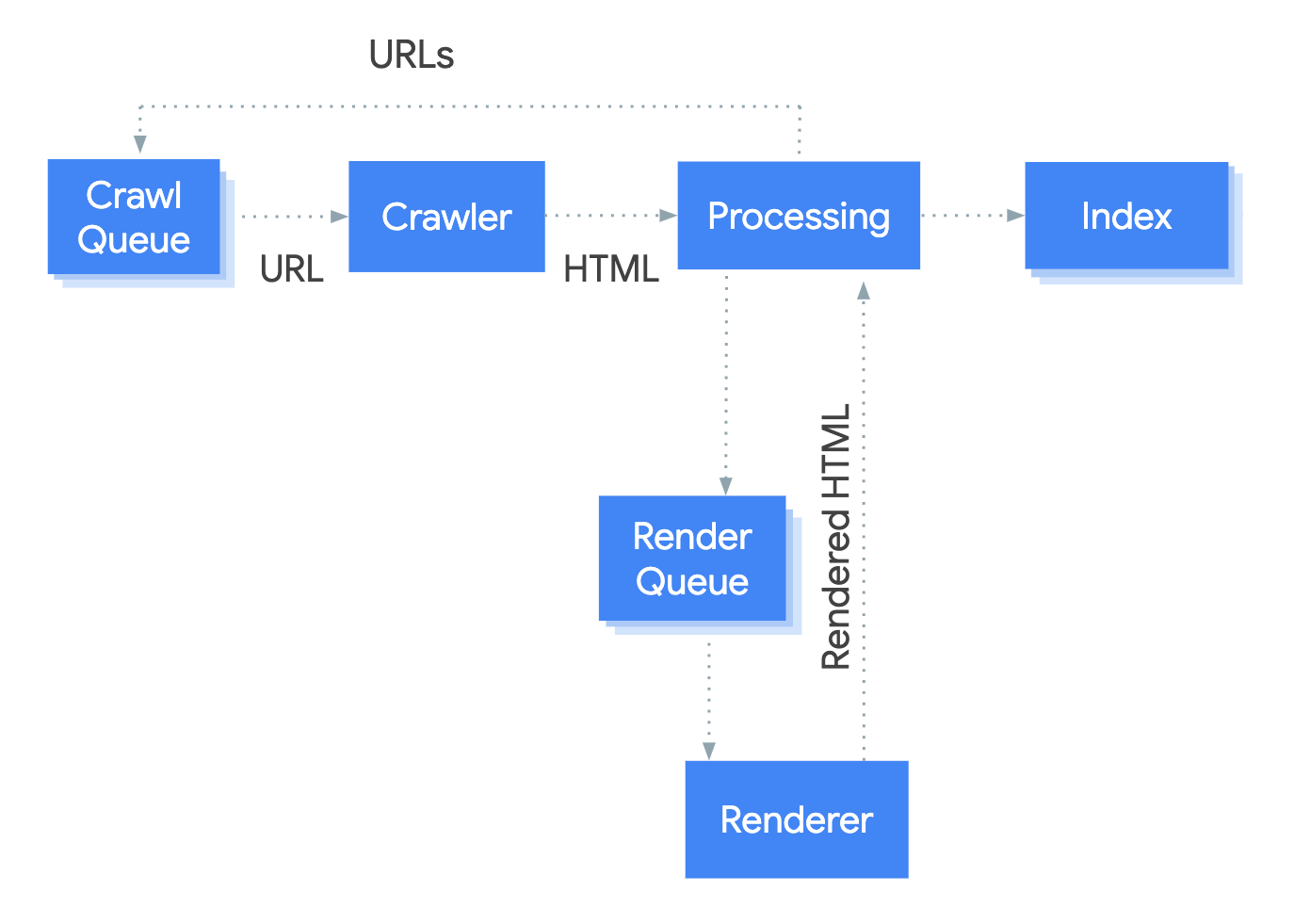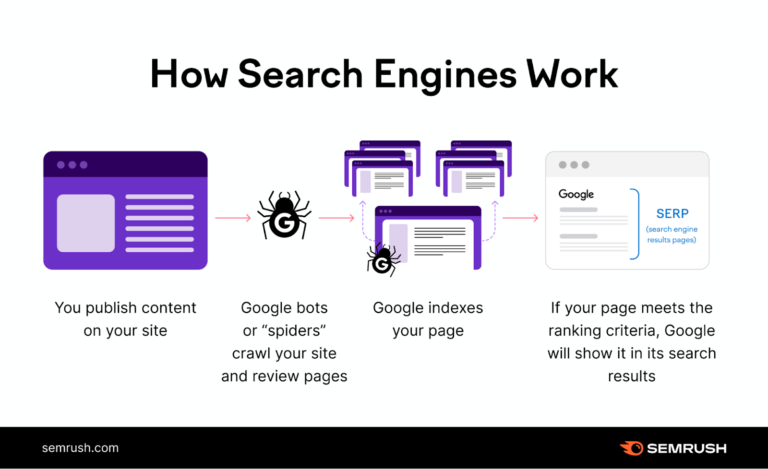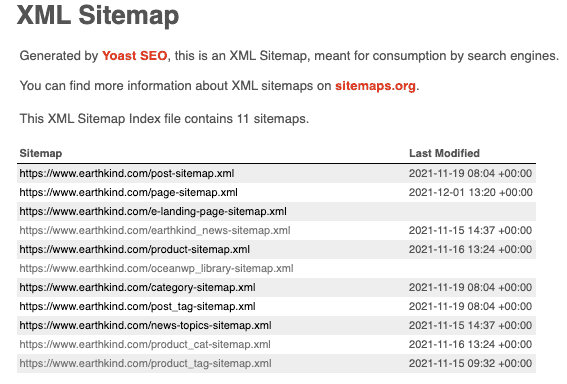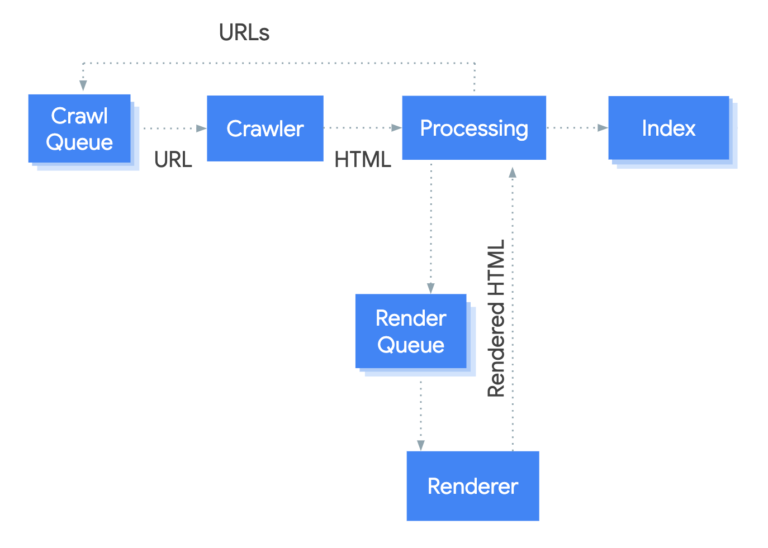JavaScript significantly affects Google’s ability to index websites, potentially enhancing or hindering site visibility. This impact hinges on how web developers implement and optimize JavaScript for search engines.
In the ever-evolving landscape of web development, JavaScript stands out as a powerful tool that can create dynamic and interactive websites. Its versatility and functionality can significantly influence a website’s user experience, directly impacting its search engine optimization (SEO) and how effectively Google indexes its content.
Proper use of JavaScript can improve a site’s performance, making it more appealing to both users and search engines. On the other hand, misuse or over-reliance on JavaScript without considering SEO best practices can lead to indexing issues, ultimately affecting a website’s visibility on Google. As such, understanding the relationship between JavaScript and Google indexing is crucial for developers aiming to optimize their sites for search engines effectively.
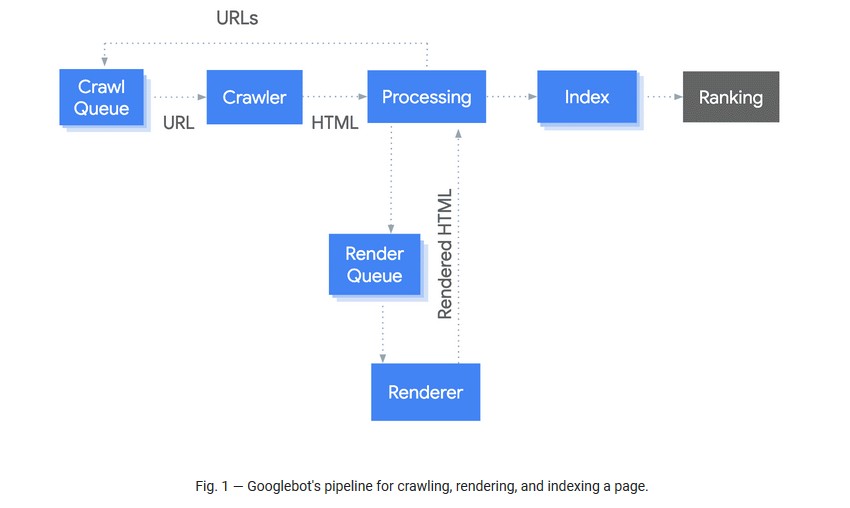
Credit: www.screamingfrog.co.uk
The Role Of Javascript In Modern Web Development
JavaScript shapes modern web experiences. It allows developers to build dynamic, interactive sites. Today’s web relies heavily on JavaScript for user engagement.
Javascript’s Dominance In Interactive Websites
JavaScript is essential for interactive websites. It powers animations, forms, and real-time content updates. Without JavaScript, websites would be static and less engaging.
Users expect rich interactions when they visit websites. They want to see content that responds to their actions. JavaScript makes this possible.
Evolution Of Javascript Frameworks
JavaScript frameworks have evolved rapidly. They help developers build complex applications efficiently. Frameworks like React, Angular, and Vue lead the industry.
- React: Developed by Facebook, it’s known for its virtual DOM.
- Angular: Google’s platform for building mobile and desktop web applications.
- Vue: An open-source model-view-viewmodel front end framework.
These frameworks have changed how developers approach building web applications. They provide robust tools and libraries. This accelerates development and improves performance.

Credit: sitebulb.com
Google’s Indexing Process Explained
Google’s Indexing Process Explained dives into how Google organizes web information. This process is key for websites to show up in search results. Let’s break down this complex process.
Crawling And Understanding Web Content
First, Google finds and reads web pages. This step is called crawling. Google uses bots to do this job. These bots look at the content and structure of web pages.
- Googlebot starts with a list of web page URLs from past crawls and sitemaps provided by website owners.
- As it crawls, it finds new links to add to the list of pages to visit next.
- Googlebot pays attention to new sites, changes to existing sites, and dead links.
Understanding web content is crucial. Googlebot must understand what is on the pages it finds. This includes reading the text, images, and JavaScript code.
Challenges Of Indexing Javascript-heavy Pages
Not all web pages are easy for Googlebot to understand. Pages heavy with JavaScript present challenges.
- JavaScript can change the content of a page after the initial load. This makes it harder for Googlebot to see the final content.
- Executing JavaScript requires more resources, which can slow down the crawling process.
- Some JavaScript features may not be fully supported or understood by Googlebot, leading to content being missed.
Indexing is when Googlebot understands and stores web page information. JavaScript-heavy pages need extra attention to ensure they are fully indexed.
Javascript’s Impact On Seo
JavaScript’s Impact on SEO is crucial for modern web development. It can make or break a website’s visibility on search engines.
Search Performance Of Javascript Websites
JavaScript-driven websites offer dynamic content. Users get interactive experiences. Google now renders JavaScript to index content. This means search performance can remain strong if implemented correctly.
- Googlebot Processing: Google’s crawler processes JavaScript to understand page content.
- Indexing: Correctly executed JavaScript enhances indexing of dynamic elements.
- User Experience: Smooth interactions boost user engagement, influencing SEO rankings.
Common Seo Pitfalls With Javascript
Despite its benefits, JavaScript presents SEO challenges. Not all search engines index JavaScript effectively. This can lead to content visibility issues.
| Issue | Impact |
|---|---|
| Delayed Crawling | Content appears late in search results. |
| Heavy Scripts | Slows down page loading, affecting rankings. |
| Unoptimized Code | Leads to poor user experience and lowers SEO score. |
To ensure optimal SEO, webmasters should:
- Minimize JavaScript use for critical content.
- Ensure crawlability by using SSR (Server-Side Rendering) or PRPL (Push, Render, Pre-cache, Lazy-load) patterns.
- Test with tools like Google’s Search Console to identify issues.
Best Practices For Optimizing Javascript For Google
Understanding the best practices for optimizing JavaScript is key for Google indexing. As websites become more interactive, JavaScript plays a vital role in user experience. Yet, it can also impact how well a site ranks in search results. Let’s explore essential strategies to ensure JavaScript enhances, not hinders, your website’s visibility.
Server-side Rendering Vs. Client-side Rendering
Server-side rendering (SSR) ensures that your website’s content is fully visible to Google’s bots before it reaches the user’s browser. This approach helps search engines index your website more efficiently, as the content is ready to be crawled upon arrival. SSR can also improve loading times, which is a positive signal for Google’s algorithms.
Client-side rendering (CSR), on the other hand, relies on JavaScript to build the page in the user’s browser. While this can create dynamic experiences, it may pose challenges for search engine crawlers. To optimize CSR for Google:
- Ensure critical content is static and indexable
- Use
tags for key content - Consider hybrid rendering methods
Progressive Enhancement Techniques
Progressive enhancement is a strategy that starts with a basic level of user experience that works for all browsers. Then, it layers more advanced functionality on top for browsers that can handle it. This ensures that your site is usable and indexable, even without JavaScript.
To implement progressive enhancement:
- Start with HTML for core content
- Add CSS for styling
- Layer JavaScript for interactivity
This method ensures that your website remains accessible to both users and search engines, regardless of JavaScript capabilities.
Tools For Testing Javascript Indexing
Tools for Testing JavaScript Indexing are vital. They help us understand how well Google indexes a site’s JavaScript. This is crucial for SEO.
Google Search Console Features
Google Search Console (GSC) offers tools for testing JavaScript indexing. Use GSC to spot issues and improve your site’s performance. Key features include:
- URL Inspection Tool: Checks how Google views a URL.
- Coverage Report: Finds indexing errors across your site.
- Mobile Usability Report: Ensures your site works well on mobile.
Third-party Tools And Plugins
Besides GSC, several third-party tools and plugins can help. They offer deeper insights into JavaScript indexing. Examples include:
- Screaming Frog: Crawls websites to find SEO issues.
- DeepCrawl: Analyzes your website’s technical health.
- Lighthouse: Checks performance, accessibility, and more.
| Tool | Use |
|---|---|
| Screaming Frog | Identifies SEO problems |
| DeepCrawl | Assesses technical health |
| Lighthouse | Checks site’s performance |

Credit: webenso.com
Case Studies: Javascript’s Effect On Indexing
Case Studies: JavaScript’s Effect on Indexing reveal how crucial JavaScript is for modern websites. Search engines like Google must interpret JavaScript to index web content properly. Let’s dive into real-world examples and common troubleshooting tips for SEO professionals.
Real-world Examples Of Seo Success
Businesses have seen their visibility soar with JavaScript optimizations. Improved indexing leads to better search results. Here are standout examples:
- Online Retailer: After refining their JavaScript code, an e-commerce site saw a 50% increase in organic traffic.
- News Portal: A news website leveraged JavaScript frameworks for faster loading times. Their indexed pages doubled.
- Travel Blog: With dynamic JavaScript rendering, a travel blog’s interactive content got indexed. Their user engagement rose sharply.
Troubleshooting Indexing Issues In Javascript Sites
Challenges with JavaScript can hinder a site’s indexing. Here are common issues and fixes:
| Issue | Solution |
|---|---|
| Delayed Content Loading | Optimize JavaScript loading with async and defer attributes. |
| Unindexed JavaScript Content | Ensure the site’s JavaScript is crawlable with server-side rendering. |
| Broken Links within JavaScript | Use SEO tools to detect and repair broken JavaScript links. |
Tackling these issues can lead to improved indexing and better SEO outcomes.
Future Of Javascript And Seo
JavaScript shapes the web’s evolution. It impacts how websites rank on Google. SEO and JavaScript work together, creating interactive sites that are both user and search engine friendly.
Emerging Trends In Web Development
New web development trends emerge often. They rely heavily on JavaScript for dynamic features. Here are some trends:
- Single Page Applications (SPAs): SPAs use JavaScript to load content without refreshing the page.
- Progressive Web Apps (PWAs): PWAs offer a mobile-app-like experience on the web.
- Server-side Rendering (SSR): SSR improves SEO by allowing bots to crawl content easily.
Google’s Algorithm Updates And Javascript
Google updates its algorithm regularly. These updates affect JavaScript-heavy sites. Below is a table of recent updates:
| Update Name | Release Date | Impact on JavaScript |
|---|---|---|
| Mobile-First Indexing | March 2018 | Sites must have mobile-friendly JavaScript. |
| Core Web Vitals | May 2021 | JavaScript must not slow down the site. |
These updates ensure that JavaScript enhances, not hinders, user experience.
Practical Tips For Web Developers And Seo Experts
Web developers and SEO experts often overlook JavaScript’s effects on Google indexing. Yet, this programming language shapes how search engines understand and rank web pages. Here are practical tips to optimize JavaScript-heavy sites for better search performance.
Collaboration Strategies For Teams
Clear communication and joint efforts are vital. Use these steps:
- Set common goals for SEO and development teams.
- Arrange regular meetings to align on tasks and progress.
- Share knowledge on SEO best practices and JavaScript updates.
- Use project management tools to track changes and assignments.
Keeping Up-to-date With Javascript Seo
Staying informed is key. Follow these guidelines:
- Subscribe to SEO and web development blogs.
- Attend webinars and workshops on the latest trends.
- Implement new features in small test environments first.
- Analyze site performance regularly to spot issues early.
Remember, Google updates its algorithms often. Websites must adapt to stay ahead. Test, learn, and optimize to ensure your site remains visible and competitive.
Frequently Asked Questions
Does Javascript Affect Google’s Seo?
JavaScript can affect SEO as Google must render the JavaScript to index the content fully. If the JavaScript is slow or fails to load, it can hinder indexing and negatively impact search rankings.
How Does Googlebot Process Javascript?
Googlebot processes JavaScript by first crawling the HTML content. Then, it executes JavaScript like a browser would, allowing it to index dynamically generated content.
Can Javascript Improve Website Indexing?
When used correctly, JavaScript can enhance website indexing. Dynamic content served through JavaScript can be indexed if Googlebot can successfully render the script.
What Are Best Practices For Javascript In Seo?
Best practices include ensuring JavaScript is not blocking content from rendering, using server-side rendering or dynamic rendering, and keeping the code clean and efficient for quicker load times.
Conclusion
Understanding JavaScript’s role in Google indexing is crucial for web developers and SEO strategists alike. A site’s visibility hinges on how well search engines can crawl and index its content. Embracing JavaScript’s capabilities while ensuring SEO best practices can significantly enhance a website’s search performance.
Remember, a harmonious blend of development and optimization paves the way for improved user experience and search rankings.

